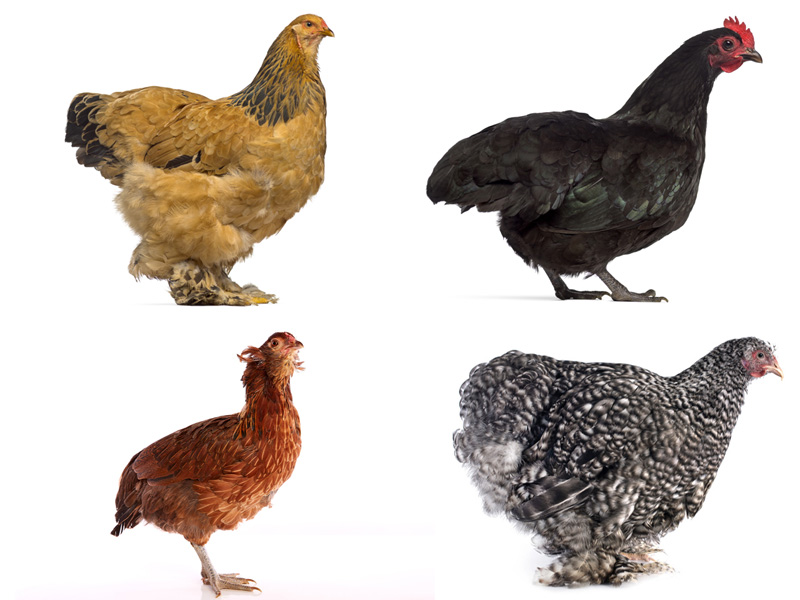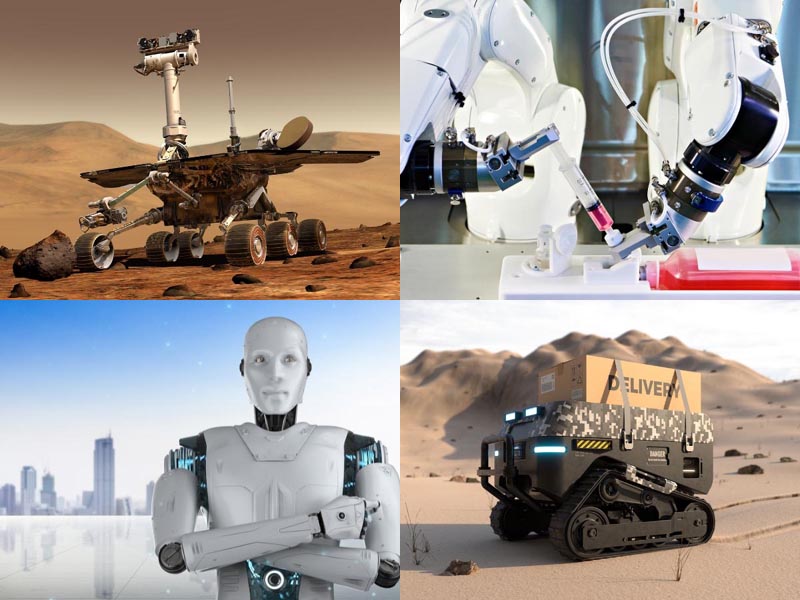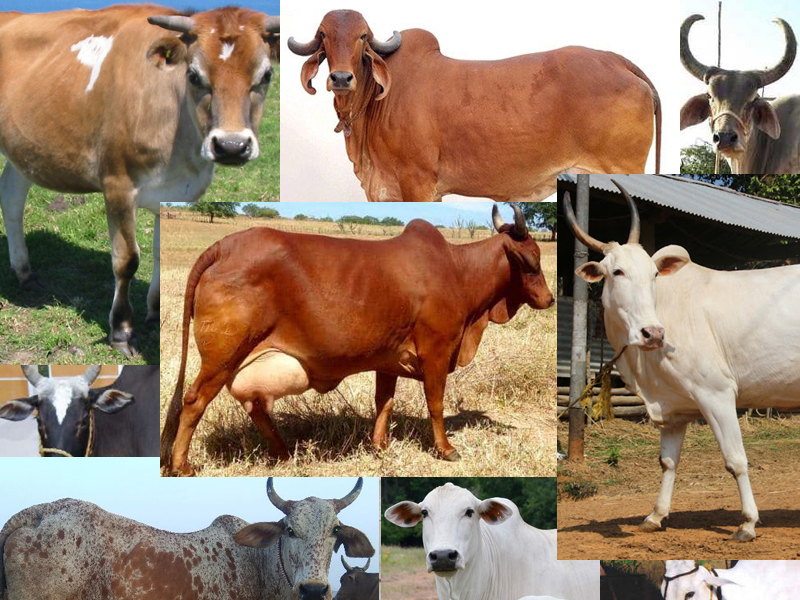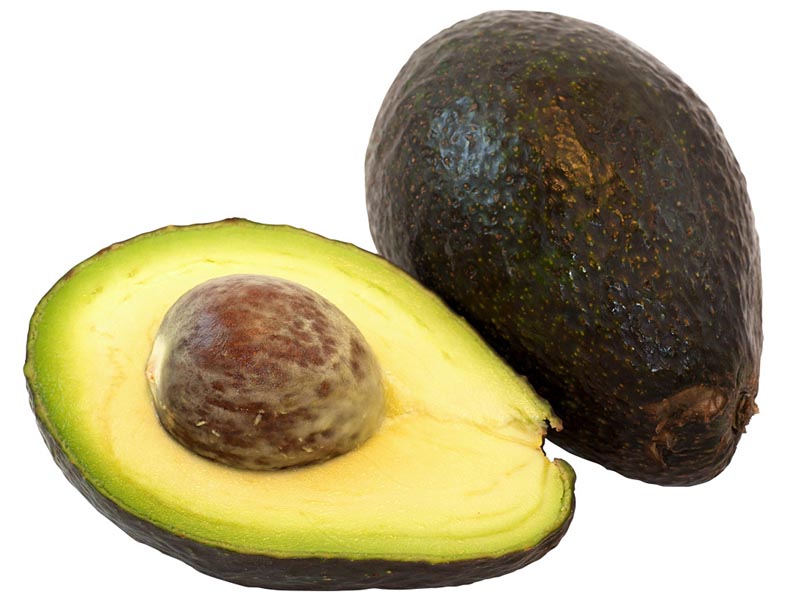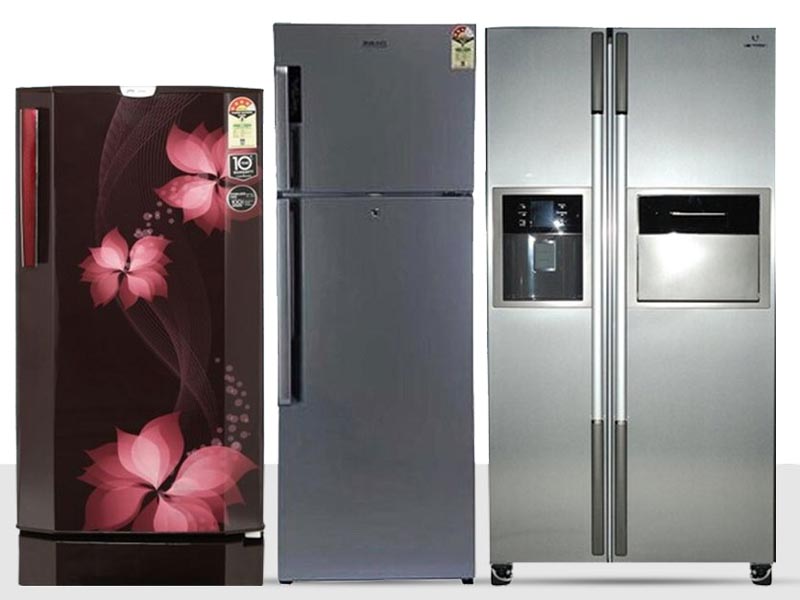Energy is simply defined in physics as the ability to do work. Sun is the ultimate source of our energy in our solar system. Energy is the basic need of living things and life cannot exist without energy. Primitive man discovered fire and used it for various reasons and even in today’s world energy is the basic need of industrialized world. Plants trap the solar energy for their photosynthesis. In cyclic manner we get the indirect energy from the plants. Like this, other energy sources are developed by human beings for their need.
Importance of Energy Resources and Types
There are two basic types of energy resources
1. Renewable Sources Of Energy
2. Non-Renewable Sources Of Energy
Renewable Sources Of Energy:
These energy sources are produced in nature and are non-exhaustible. The examples of renewable sources are solar energy, hydro energy, geothermal energy, wind energy, tidal energy, etc.
1. Wind Energy:
Wind has energy as it moves with high speed and the energy is being harnessed for our needs. Traditional energies used are depleting, hence it is used. Wind power is produced by natural and renewable sources with modern technologies. It does not pollute the environment and a cheap source of energy. The wind mills are used to generate electricity. The huge blades of windmills move with the high speed of the wind to generate required electricity. India is geographically blessed with coastal areas, deserts and hills to utilize this energy. In India, Kerala, Gujarat, Tamil Nadu produce wind energy. Denmark, China, USA and Germany are the main producers of wind energy.
2. Solar Energy:
The solar energy is the primary source available on Earth. This renewable resource is available in abundance. Energy is produced in the sun by nuclear fusion. Solar energy, however, is of low quality as it produces limited amount of energy and temperature. Thus, it is usually used to heat water and air for cooking and drying. High solar energy is been converted to electricity by the solar cells. It is used in calculators. Solar panels are made up of combination of many solar cells. In artificial satellites, solar panels provide the energy. Solar cookers and solar heaters are made on the basis of this principle.
3. Hydro Energy:
This energy helps to save the fuel reserves. Cheaper and Eco friendly than other energy sources. In hydro power plant, energy is stored in water behind a dam. The stored water drops on a turbine from a height to let it rotate. The force of water rotates the turbine blades and thus producing electricity. The hydro power houses are made on many rivers to get electricity.
4. Geothermal Energy:
This is the energy produced beneath the Earth surface. Inside the Earth surface the temperature is quite high. This high temperature heats up the underground water and produces stream. This steam is then utilized to run turbines to produce electrical energy. New Zealand, USA and Iceland utilized this source of energy.
5. Tidal Energy:
Tides are the periodic rise and fall of the water level of ocean, which is produced by the gravitational force of moon. Tides contain large amount of energy that helps to produce tidal energy. The rise and fall of water led to production and generation of power which then moves the blades of turbine to generate electricity. The most appropriate location for production of tidal energy in India are Arabian sea and Bay of Bengal.
6. Biomass Energy:
The cattle dung, sewage, agricultural wastes are the biomass which is traditionally used to produce energy. Cow dung cakes and firewood were used earlier frequently to produce heat energy. Recently, due to environmental issues, bio-gas is produced from biomass. Bio-gas is a mixture of many gases like methane, carbon dioxide, hydrogen gas and others. Bio-gas is now used for cooking in rural areas and it is used to produce electricity through bio gas plants. In the bio-gas plant, the biomass is fermented in the absence of air but in presence of water. Mixture of carbon dioxide and other gases are produced due to decay of organic matter. This gas is highly inflammable and is known as ‘bio-gas’.
7. Nuclear Energy:
Nuclear energy is made from the elements which are radioactive and undergo nuclear fission. To generate nuclear energy, nuclear fuels are needed such as Uranium which is easily available. Nuclear energy is produced in nuclear power plants with high protection as the products formed are harmful to us. If the radioactive wastes are disposed safely in environment, this will be Eco friendly and a reliable energy source for our future.
8. Kinetic Energy
Kinetic Energy is the energy that is derived from the motion of an object like machine, wheels, turbines and even humans. With increase in velocity, there is a proportional increase in the energy generated. This type of energy is mainly used in the generation of electricity. Modern day inventions have made it possible to use kinetic energy for meeting everyday needs. For example, the traffic lights at the signals are lit from the electricity generated by the movement of vehicles.
9. Potential Energy
Potential energy is the energy derived from an object due to its relative position. The object must be altered from its usual position to store the form of energy. For example, a ball stores some energy when placed in an elevated position. This energy crushes anything below it when released. Potential energy is used in rollercoasters, elevators, cranes etc.
10. Mechanical Energy
Mechanical energy is the energy derived from either of Kinetic or Potential energies. This means that an object stores mechanical energy based on its relative position or movement. In simple terms, when a work is done by an object, its energy gets exchanged or transferred to the object on which the work is done. Mechanical Energy is used in transferring objects from one place to the others, cars, motors and turbines.
11. Thermal Energy
Thermal Energy is the energy contained in an object that maintains its temperature. When a spoon in boiling water is placed, the heat from the water gets transferred to the spoon, this is called Thermal Energy. Thermal energy is used in everyday life like cooking food, sterilization, recycling, burning of waste etc.,
12. Gravitational Energy
Gravitational energy is the energy held by an object due its position held by the gravitational force. This is a form of potential energy, where the object that possesses more energy is the one that is in higher position from the ground. The biggest use of gravitational energy is the generation of electricity from the energy of turbine movements due to water.
13. Radiant Energy
It is the energy created due to electromagnetic radiation. The electromagnetic waves can travel in space and need no other medium. Radiant energy is used in microwave ovens, where the waves transfer energy to cook millions of particles in a short span of time.
14. Sound Energy
Sound energy is derived from the vibration of objects, due to any force. This energy travels in wave forms and requires a medium to travel. This form of energy is usually low level compared to the other resources. Sound energy is used in medical therapies, Growing food, Navigation and communication.
Non-Renewable Sources Of Energy:
These energy sources are formed long ago and are accumulated in nature but are exhausted easily. These cannot be replaced. For example: fossil fuels like coal, natural gas and petroleum.
1. Chemical Energy:
Chemical Energy is the energy released from substances when they undergo a chemical reaction. The sources are batteries, gas, food etc. When these substances go through a chemical transformation, some form of energy is required to break the chemical bonds. This is called Chemical Energy. This is a nonrenewable form of energy, as most substances involved are finite in quantities. Chemical energy is used in explosives, food digestion, Vehicles etc.
2. Electrical Energy
Electrical energy is the energy caused by moving charged particles. As the velocity of these particles increase, the electrical production gets increased. This energy produces Electricity, which is indispensable to human life. The Electrical energy is responsible for transferred power from the electrical plants directly to our homes.
3. Coal:
Coal was formed long ago by degradation of plants under the ground under high pressure and temperature without the presence of air. It is a solid form of brown or brownish black coloured fuel. Coal was widely used conventionally as a energy source. After wood, coal was the main source of energy as a fossil fuel. Coals are of different types according to the carbon content, i.e., anthracite, bituminous and lignite. Coal is used as it can be converted to solid, liquids and gaseous fuel. It is very useful in the production of electricity. Also used as a raw material for drugs, medicines, explosive and fertilizers.
4. Petroleum:
This dark brown coloured oily liquid fossil fuel is formed by the decomposition of organic matters under very high temperature and pressure. When the organisms died they settled to the bottom of the ocean and millions of year’s heat and pressure cause these dead organisms to change to oil. The crude petroleum is obtained by drilling into Earth’s crust and the various components of it are extracted by fractional distillation. The main components are petrol, diesel, naphtha, kerosene, lubricant and paraffin wax.
5. Natural Gas:
This gas is produced plentifully in marshy areas. Its main component is methane. This colorless and odourless gas is lighter than air. For this reason before transporting filled in cylinders, it is mixed with a chemical mercaptan to provide strong odour. Natural gas is used for cooking in the form of LPG and also used as a fuel in automobiles. Compressed Natural Gas (CNG) is a clean fuel used in many industries too.
Due to increase in human population and limited source of fossil fuels, renewable energy acts as the alternative for energy requirement. Burning of these fossil fuels causes air pollution and environmental hazards. For these reasons renewable energy sources are opt now a days.
The wonder of nature is such that every single atom present in it can create some form of energy, big or small. Even for you to blink your eyes, there is certain energy that goes into. Understanding the types of energies can not only make you sound like a pro, but also help you choose the right resources to get your job done.

























